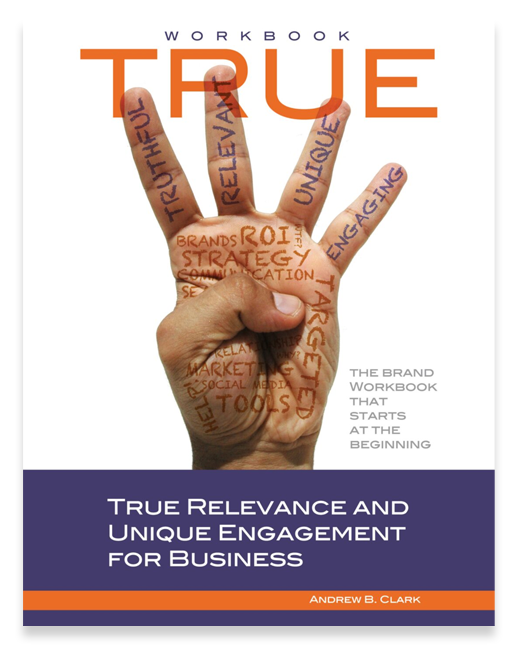Ah, yes. The daunting craft of consistent content creation. A promotional video for YouTube. A post for the web site. A photo or graphic or video snippet on Instagram. A handful of tweets. And don’t forget to share them to SnapChat, LinkedIn and Facebook. Post an explainer vid on TikTok. And on and on. It’s exhausting!

Or is it?
In the decade-plus I’ve been developing content strategies for businesses and organizations, staying ahead of the content creation cycle and maintaining consistency always comes down to one simple thing: capitalizing on good content. So I’m going to give you a little peek into one of the ways I help clients stretch their master content for maximum impact.
STRETCHING YOUR BIG IDEAS FOR EVEN BIGGER IMPACT
1) FIND & DEFINE YOUR MASTER SEGMENTS:
When we have a well-crafted feature in the works, I try to review it for segments that can be expanded. In most scenarios, it starts out with a video (~2:00 minutes) or a long-form article (~800+ words) that can feature 3 to 4 strong talking points.
As we’re writing or crafting the script we make sure we have logical opening and closing points to each segment. That way, when we start dividing the segments out to share across platforms, one can lead the end-users to a logical call-to-action or trigger a follow up from a landing page or post.
2) TARGET YOUR DELIVERY CHANNELS:
While the ultimate goal is to have your audience consume and take action on the full concept, releasing the whole enchilada up front shortens your potential engagement window. By segmenting out the content to 3 to 4 “teasers,” you’re able to keep the engagement window open longer while spreading the shorter segments over platforms better suited to brevity.
These segments can take the form of any number of sub channel posts – Facebook posts, Tweets, TikTok shorts, LinkedIn posts, Instagram, and so on. Each social channel has its sweet spot for content subject matter and material length. If you understand your audience’s expectations on each, you’ll better be able to craft the segments into more actionable posts on each platform.
3) CRAFT YOUR LEAD FUNNELS FOR THE RELATIONSHIP:
Each teaser segment has the potential to be displayed on a number of platforms. Some of these platforms facilitate backlinks to your website while others are more impactful within the channel itself.
Whether you’re creating a link back to a landing page or gathering data within the publishing platform, make sure the information you’re gathering has value. More than names and email addresses, good data takes effort. Some of it may have to be gathered through demographic targeting and/or geofencing (but that’s another post all together). And – as if it needs to be said – make sure the information you are able to gather is useful for follow-up and builds the relationship for your sales team.
4) SCHEDULING YOUR DROPS:
From one long-form article or comprehensive video, we can generate upwards of a dozen potential sub-channel posts (3-4 segments on as many platforms, etc.). Based on your engagement strategy and manpower, that could be quite a bit to monitor. If possible, the time between segment drops should be no more than 48 hours. This is really more of a “guesstimate” than a hard rule, but knowing attention spans on the socials these days, it would be wise to keep the content gaps narrow to build a cohesive narrative.
Some marketers like to automate and schedule out posts through a service like HootSuite, SharpSpring, or even Buffer. There’s no real argument around the pros and cons of using a scheduling application outside my encouragement to just being present for the post(s). If a segment goes live on Twitter or LinkedIn and you’re not there to reply to immediate inquiries, you’re missing out on potential leads.
5) DROP THE BOMB:
The “Marketer’s Rule of 7” states that a prospect needs to “hear” the message at least 7 times before they’ll take action to buy that product or service. So, what we’ve accomplished above is the meat and potatoes of the Rule of 7. By taking your message and segmenting it to hit your target audience numerous times over multiple platforms, you’re building a foundation for the full message and call-to-action.
Finally, you can “Drop the Bomb” and go live with the master content, reminding your audience what you’ve been building up to. Ultimately this will have a call-to-action that not only summarizes the full message and its value to the readers / viewers, etc., but also creates an undeniable brand position for you and your company.
From B2B marketing strategies to consumer marketing and P.R., this strategy has been effective for a large number of clients over the years. If you have questions or need assistance in the development of your marketing communications strategies, please don’t hesitate to reach out.
Until next time.
Keep Cookin’!
Andrew B. Clark
@TheBrandChef


